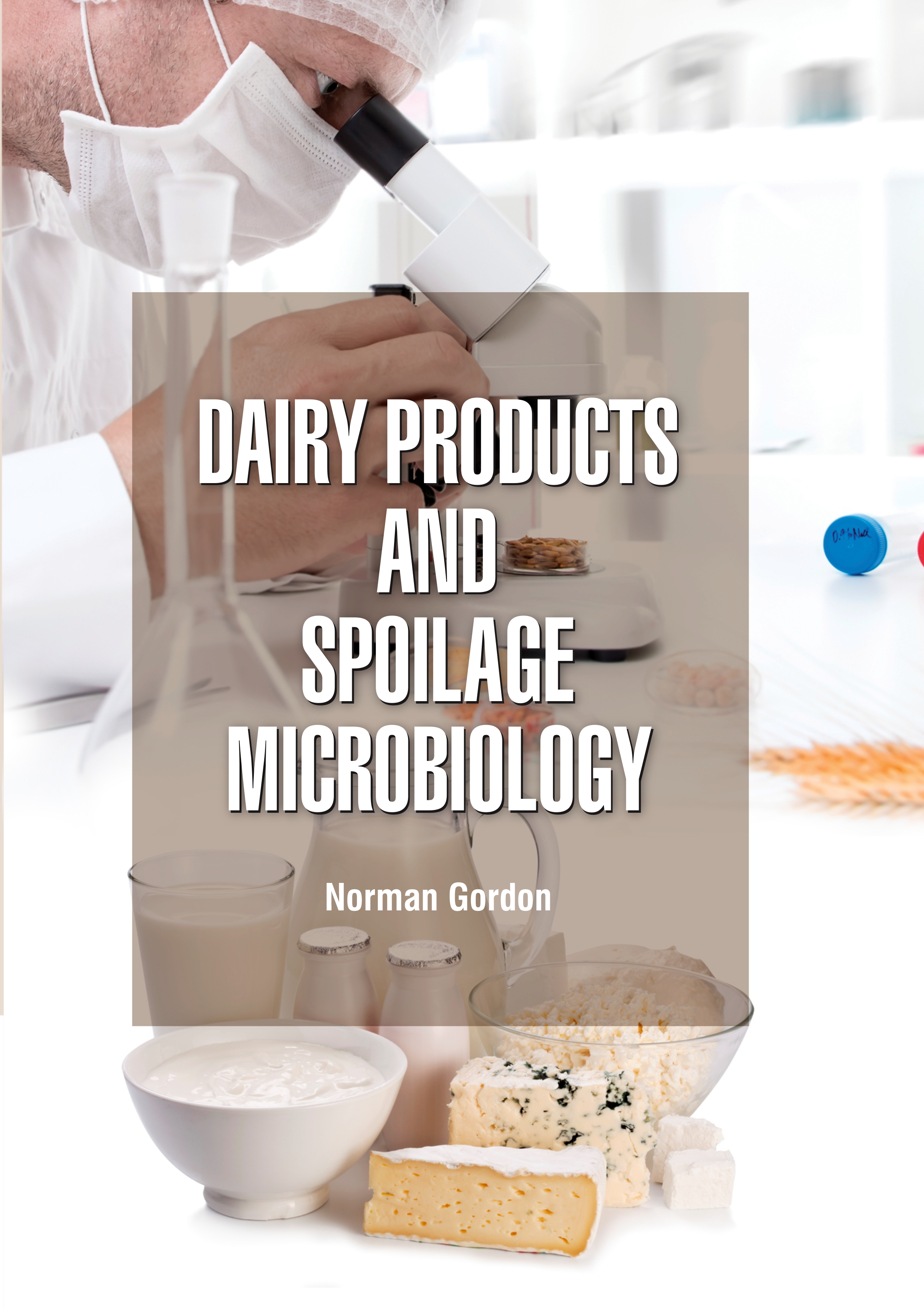
Dairy Products and Spoilage Microbiology
by Norman Gordon
| ISBN | 9789372420210 |
|---|---|
| Publisher | Digital Drive Learning |
| Copyright Year | 2026 |
| Price | $266.00 |

by Norman Gordon
| ISBN | 9789372420210 |
|---|---|
| Publisher | Digital Drive Learning |
| Copyright Year | 2026 |
| Price | $266.00 |
Dairy Microbiology covers all aspects of the food system from ‘farm to fork’ such as on-farm production, off-farm processing, distribution and consumers’ food selection and consumption, including the effect of different food on their health. The rate of spoilage of many dairy foods is slowed by the application of one or more of the following treatments: reducing the pH by fermenting the lactose to lactic acid; adding acids or other approved preservatives; introducing a desirable microflora that restricts the growth of undesirable microorganisms; adding sugar or salt to reduce the water activity (aw); removing water; packaging to limit available oxygen; and freezing. The type of spoilage microorganisms differs widely among dairy foods because of the selective effects of practices followed in production, formulation, processing, packaging, storage, distribution, and handling. The dairy products vary greatly. Some cows give richer milk than others. Butter may be almost pure fat, or it may contain much water and salt. The cheeses are rich or poor in protein and fats according to method of making. Cottage cheese may be well drained or quite watery. Microbiology is the science which includes the study of the occurrence and significance of bacteria, fungi, protozoa and algae which are the beginning and ending of intricate food chains upon which all life depends. These food chains begin wherever photosynthetic organisms can trap light energy and use it to synthesize large molecules from carbon dioxide, water and mineral salts forming the proteins, fats and carbohydrates which all other living creatures use for food. Within and on the bodies of all living creatures, as well as in soil and water, micro-organisms build up and change molecules, extracting energy and growth substances. The book explains all the basic concepts of food science after a detailed study of the subject matter.